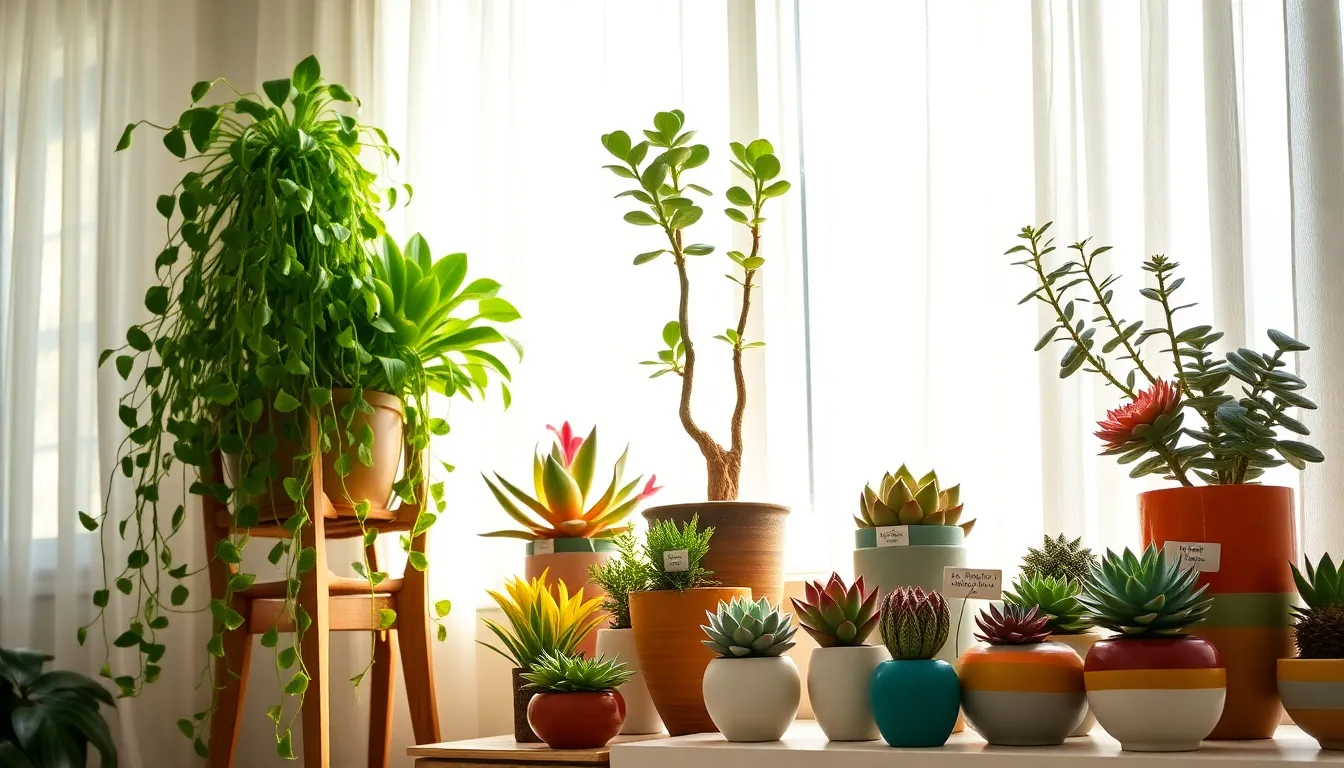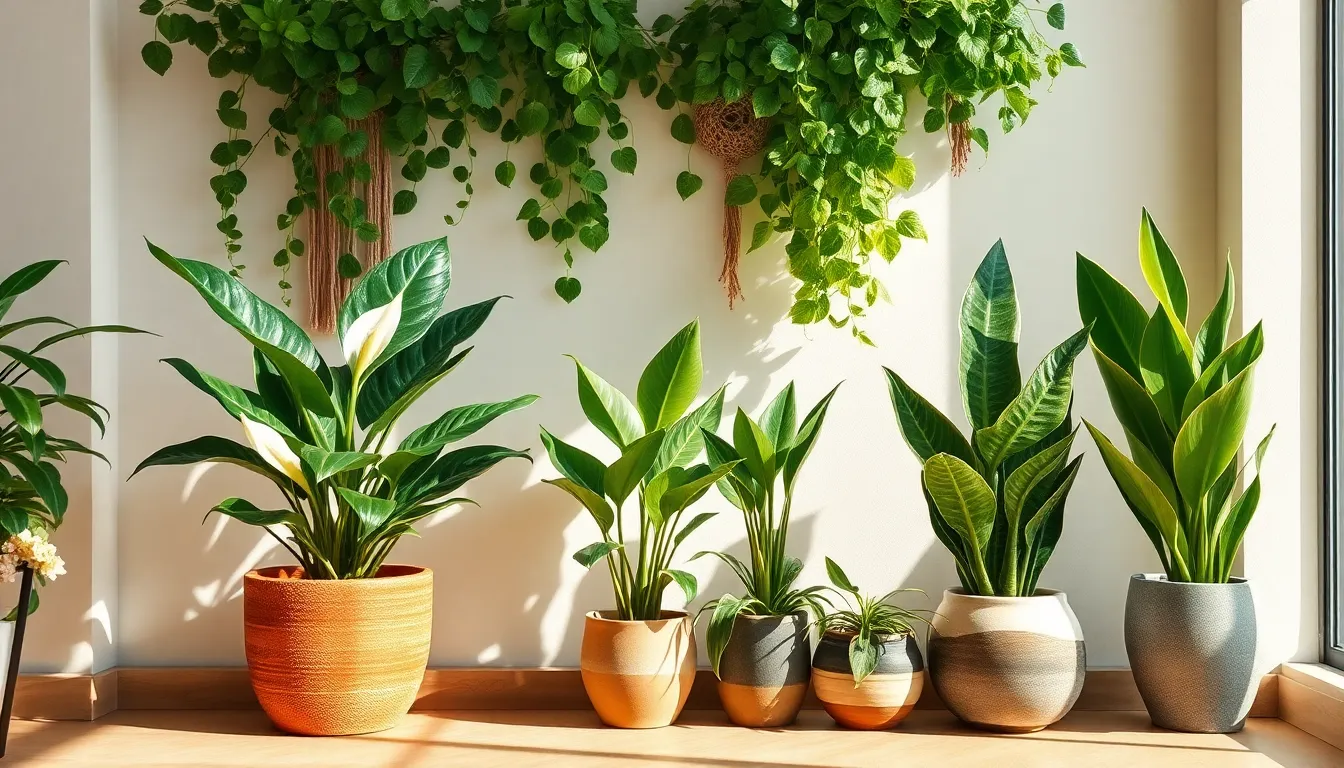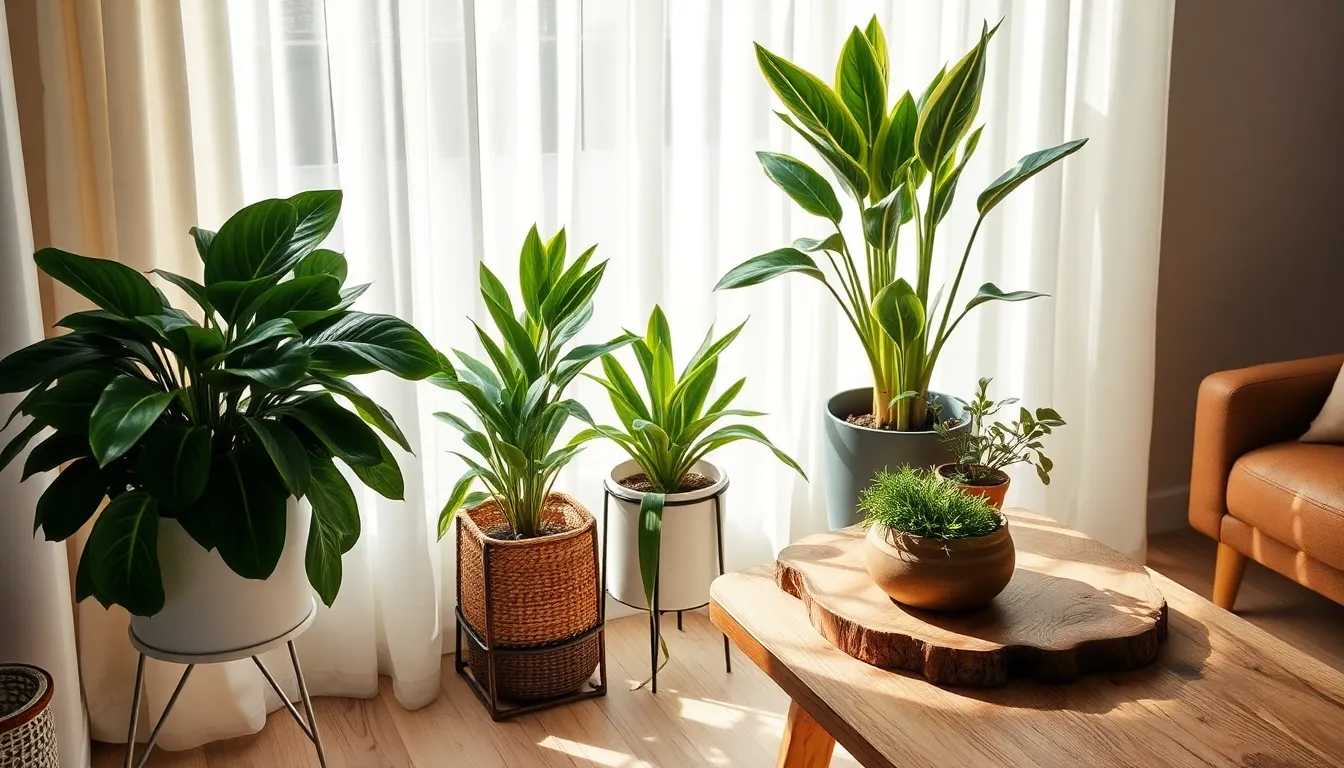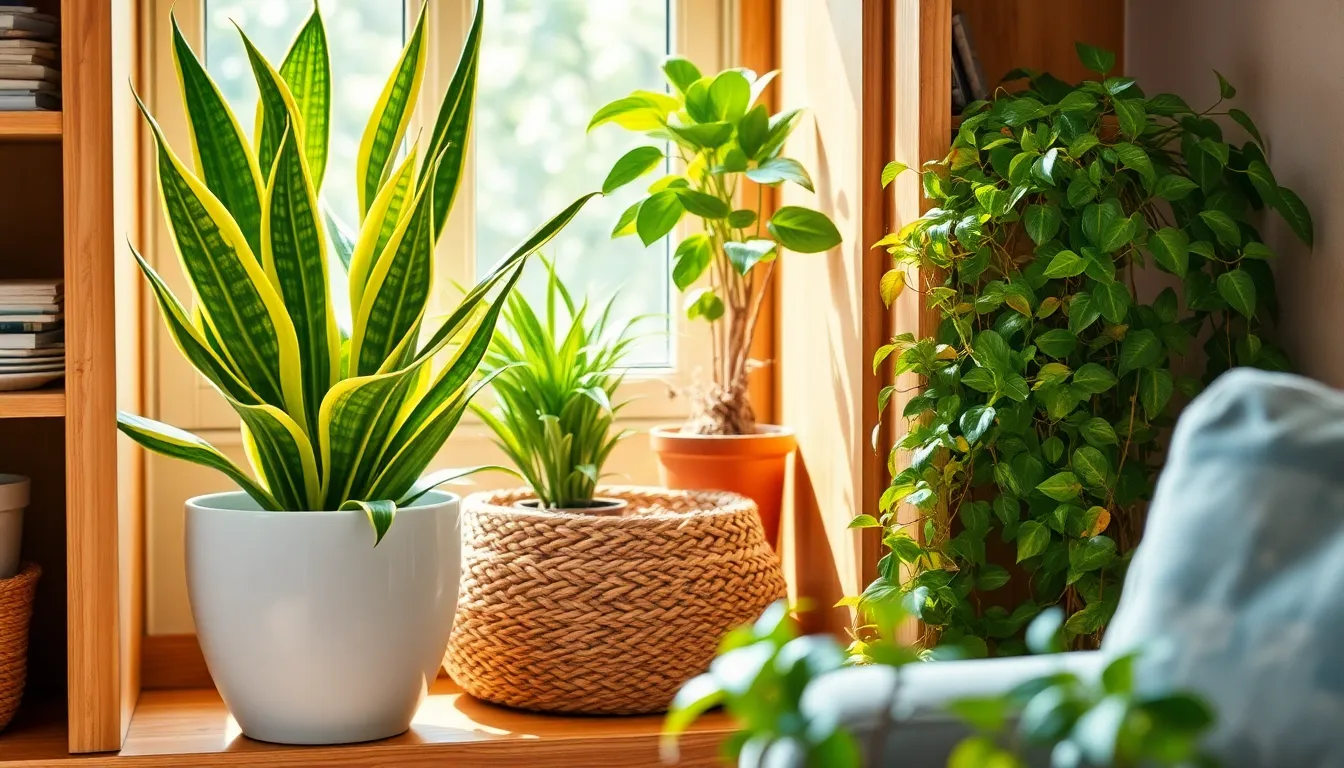As the days grow shorter and the air turns crisp, our cozy homes become sanctuaries not just for us, but for our beloved houseplants as well. Whether you’re a novice plant parent or have a flourishing indoor jungle, winter presents a unique set of challenges and opportunities to keep your green companions thriving. The colder months might seem daunting, but with a little knowledge and some tender care, your indoor garden can remain as vibrant as ever.
Understanding the rhythm of the seasons is key to maintaining healthy houseplants during winter. This guide will equip you with practical tips to adjust your watering routine, optimize light conditions, and manage humidity levels. You’ll discover how to create an environment where your plants feel at home, even when the world outside is blanketed in frost. Embrace this season as a time to deepen your connection with nature and refine your gardening skills.
Adjust Indoor Temperature Levels
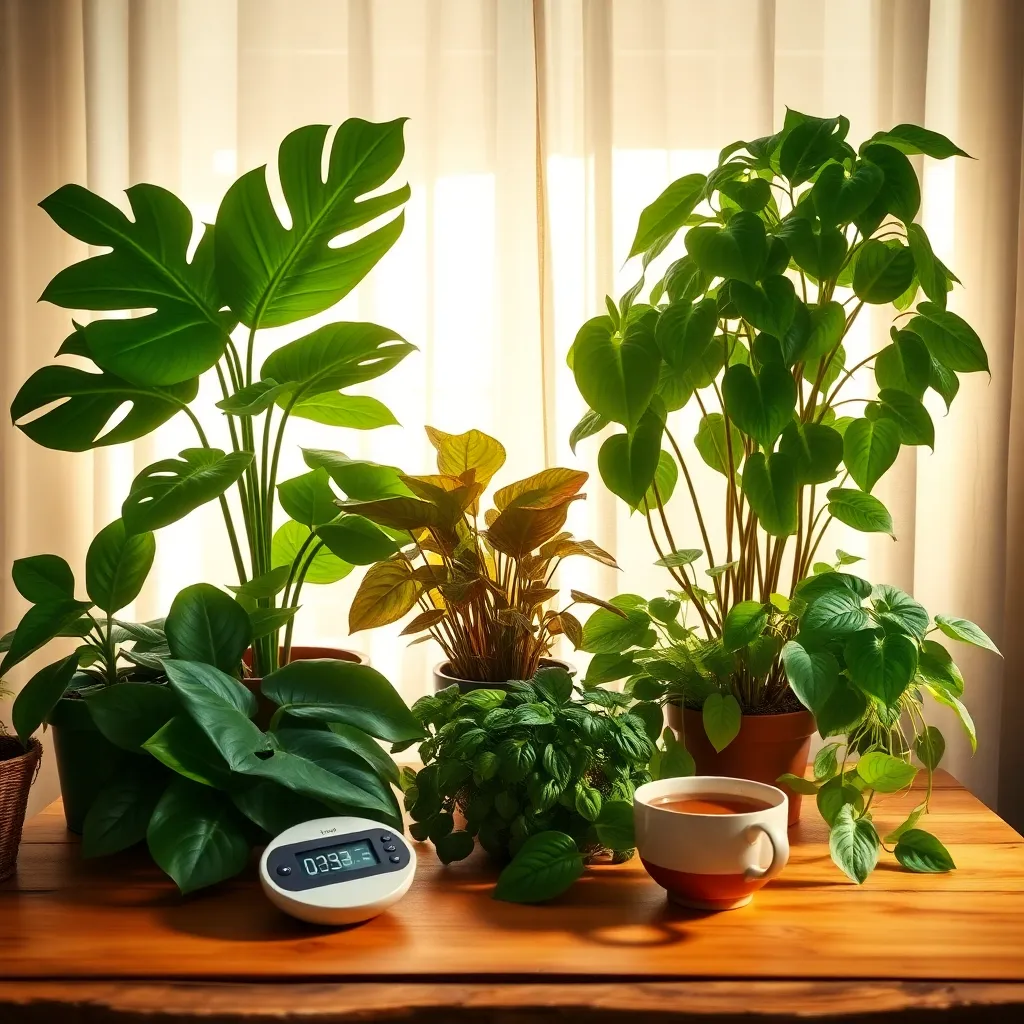
To keep your houseplants thriving in winter, it’s crucial to maintain indoor temperatures between 65°F and 75°F during the day. At night, allow temperatures to drop slightly, but avoid letting them fall below 50°F, as this can stress the plants.
Positioning plants away from cold drafts is essential to prevent temperature fluctuations. Drafts from windows and doors can cause sudden drops in temperature, potentially harming your plants.
For those with more experience, consider using a small space heater or a programmable thermostat to maintain consistent temperatures. This can be particularly beneficial for tropical plants that require warmer conditions.
Observe your plants for signs of stress, such as wilting or yellowing leaves, which may indicate that the temperature is too low. Adjust the room’s temperature accordingly to ensure your plants remain healthy and vibrant throughout the winter months.
Reduce Watering Frequency
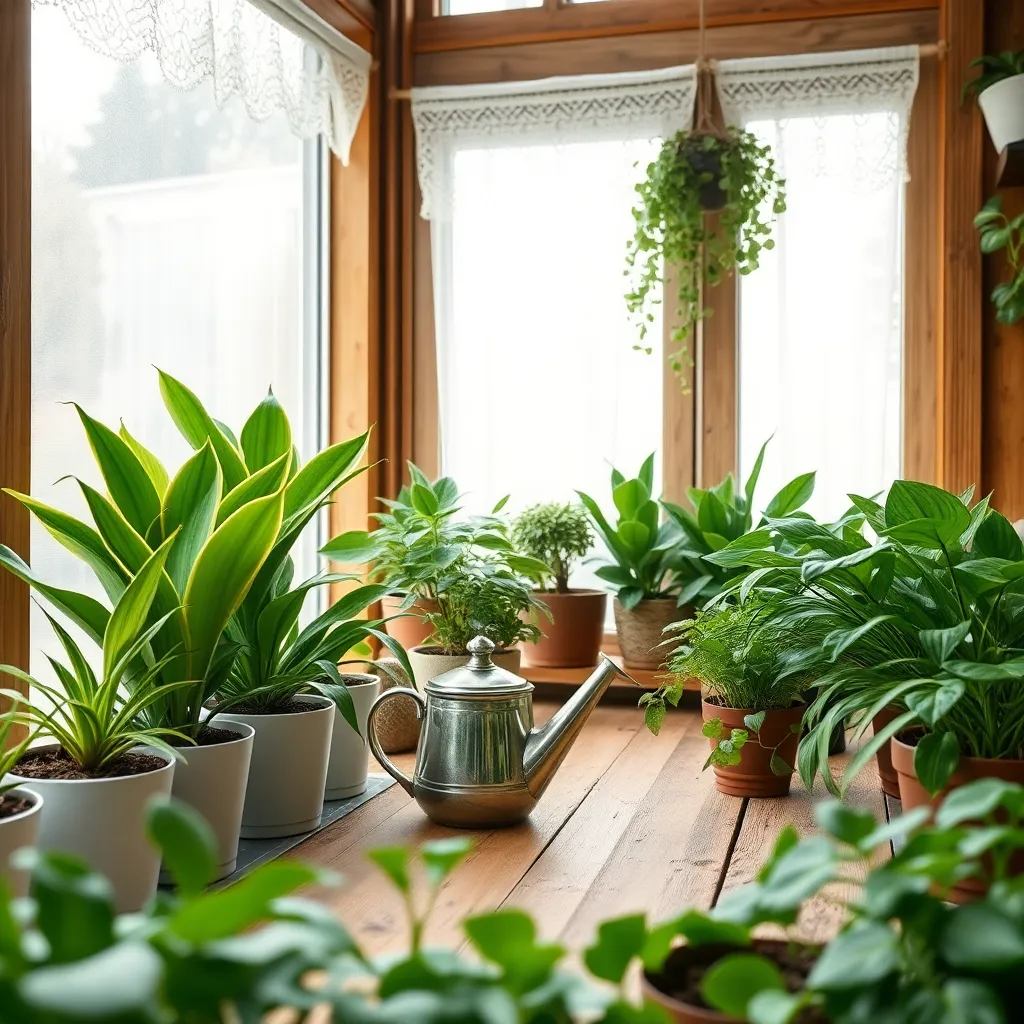
During winter, houseplants typically require less water due to slower growth and reduced evaporation. To avoid overwatering, it’s crucial to check the soil moisture before reaching for the watering can. Stick your finger about an inch into the soil; if it feels dry, it’s time to water.
Consider the specific needs of each plant, as different species have varying water requirements. Succulents and cacti, for instance, may only need watering once a month, while tropical houseplants like ferns might still need a drink every two weeks. Adapting your watering schedule can prevent root rot and ensure healthy houseplants throughout the colder months.
In addition to checking soil moisture levels, consider using a moisture meter for more accurate readings. This tool can be particularly helpful for beginners who are not yet familiar with the subtle signs of dry soil. Ensure the pot has drainage holes to allow excess water to escape, further reducing the risk of overwatering.
For those looking to refine their plant care routine, try grouping plants with similar watering needs together. This makes it easier to manage their care and can help prevent plant stress due to inconsistent watering. Improving your understanding of each plant’s specific needs will enhance your winter houseplant care and lead to a thriving indoor garden.
Increase Humidity Around Plants
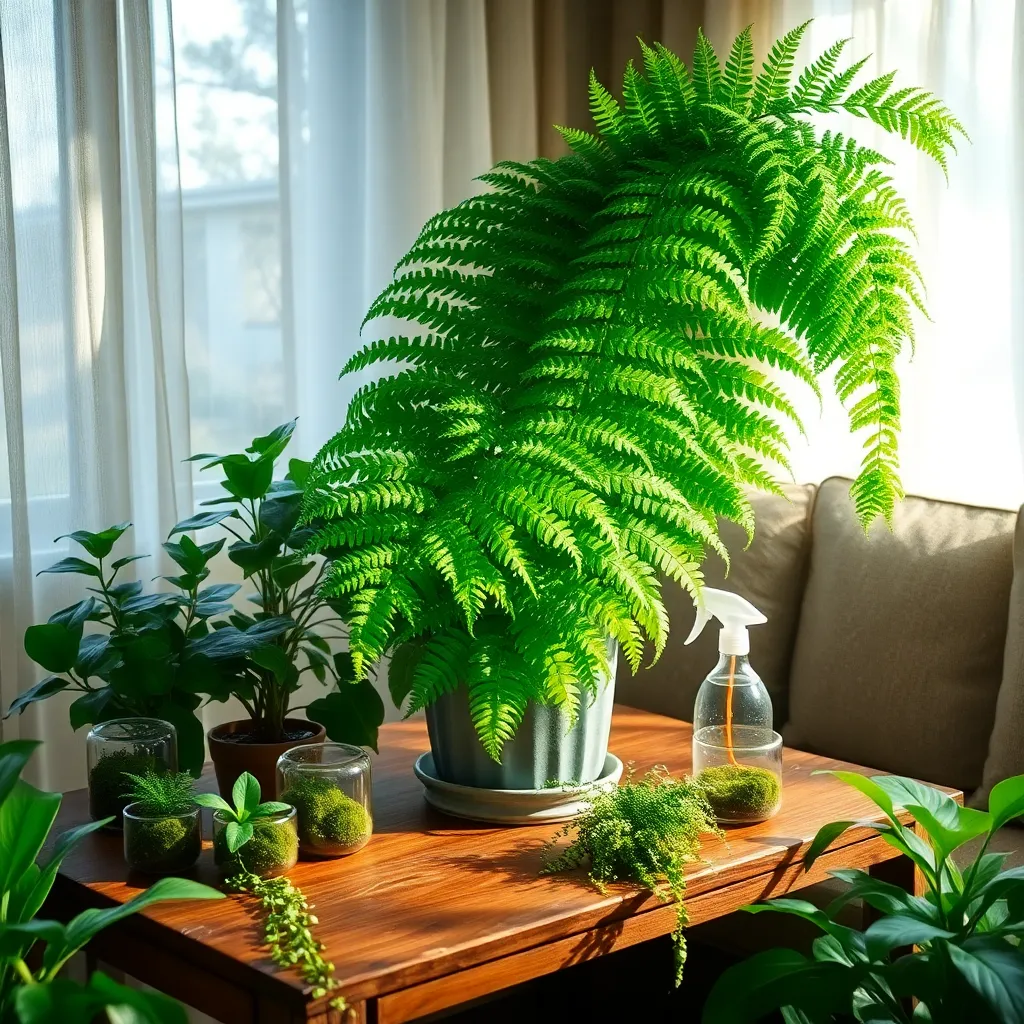
To keep your houseplants thriving in winter, increasing humidity around them is crucial. Many indoor plants, like ferns and orchids, prefer a more humid environment, which can be challenging to maintain indoors during colder months when heating systems dry out the air.
An easy way to boost humidity is by grouping plants together, as they naturally release moisture through a process called transpiration. Placing a tray filled with pebbles and water under your plants can also help; as the water evaporates, it increases the humidity around the plants.
Consider using a humidifier in the room where your plants are located, especially if you have a collection of tropical species. It’s best to keep the humidity levels between 40% and 60% to mimic the natural environments of most houseplants.
For those looking to invest a little more, a small indoor greenhouse or humidity tent can create an ideal microenvironment. These setups can be particularly beneficial for high-humidity plants like calatheas or certain types of begonias.
Provide Adequate Light Exposure
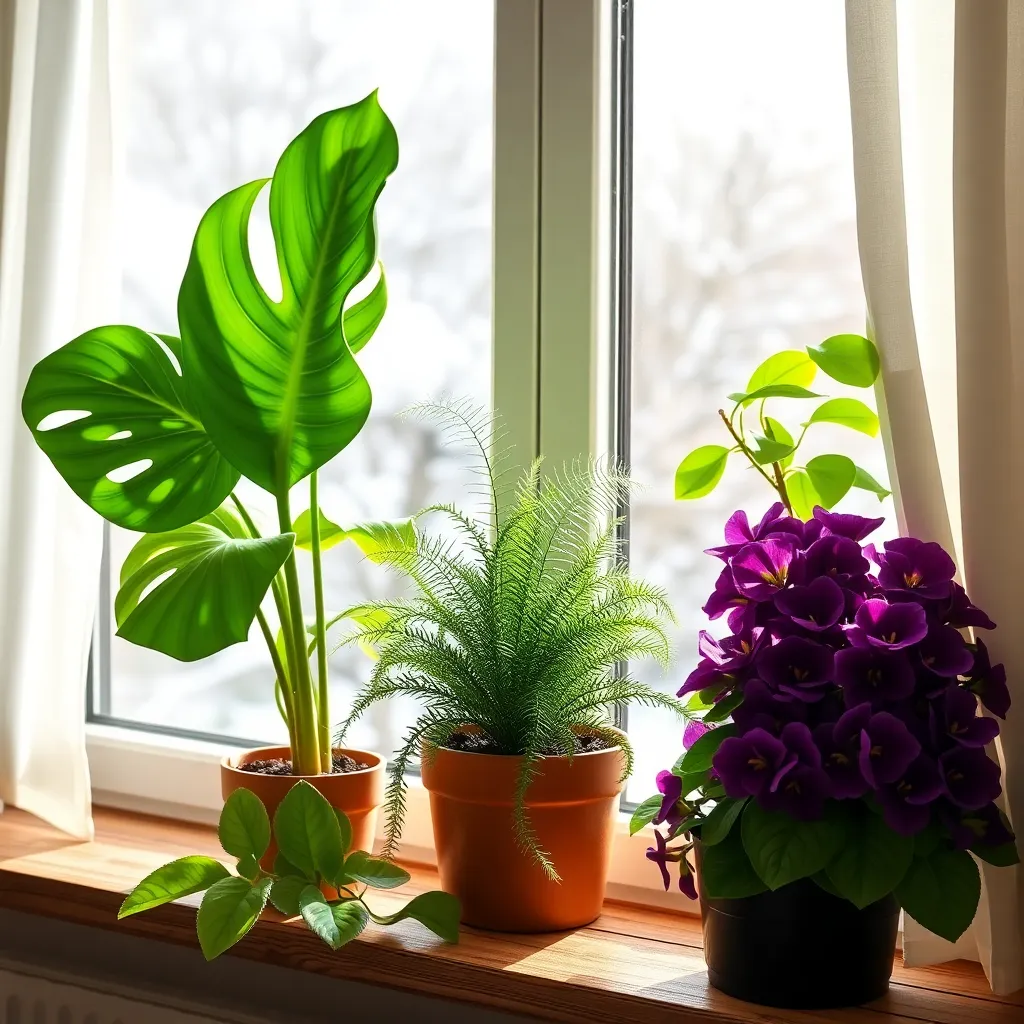
During the winter months, the sun’s position shifts, reducing the amount of natural light available to houseplants. Position your plants closer to south or west-facing windows to maximize the light they receive during these shorter days.
For those living in regions with overcast winters, consider supplementing natural light with grow lights. Using LED grow lights can mimic the spectrum of sunlight and should be placed about 6 to 12 inches above the plants for optimal results.
Rotate your plants every couple of weeks to ensure even light exposure and prevent them from leaning towards one side. This practice not only promotes balanced growth but also encourages a healthier, more aesthetically pleasing plant structure.
In addition to providing adequate light, gently clean the leaves of your plants. Dust accumulation can block light absorption, so wiping leaves with a damp cloth ensures they can fully utilize any light available.
Inspect for Pests Regularly
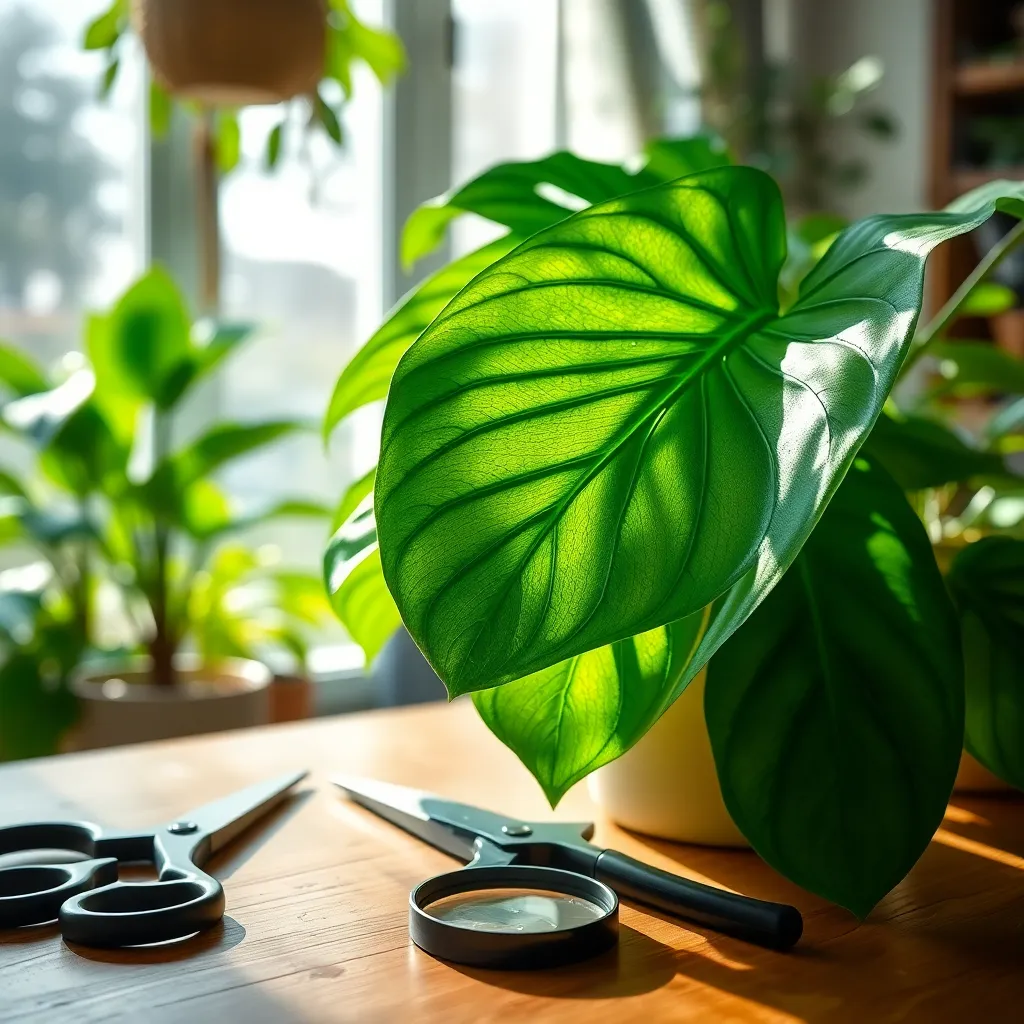
Regularly inspecting your houseplants for pests is crucial during the winter months. As the indoor environment becomes more hospitable, pests like spider mites, aphids, and mealybugs can thrive.
Start by examining the undersides of leaves and along the stems of your plants. Using a magnifying glass can help you spot tiny pests that are otherwise difficult to see.
When inspecting, look for common signs of pest activity such as yellowing leaves, sticky residue, or webbing. If you notice any of these symptoms, take immediate action to prevent further infestation.
For beginners, a simple method is to gently wipe the leaves with a damp cloth once a week. This not only removes dust but also helps dislodge a small number of pests before they become a significant problem.
Experienced gardeners might opt for organic insecticidal soap or neem oil as a treatment. Apply these solutions according to the package instructions, focusing on affected areas.
To prevent pests from returning, ensure your plants are in well-draining soil and avoid overwatering. Maintaining healthy plants is the best defense against pest infestations.
Conclusion: Growing Success with These Plants
As winter’s chill envelops our homes, nurturing our houseplants becomes a metaphor for cultivating vibrant relationships. We’ve explored five essential concepts: understanding the unique needs of each plant as we do our partners, adjusting care routines like light and water to foster growth, maintaining a consistent environment akin to stability in relationships, recognizing signs of stress and addressing them proactively, and embracing patience as growth takes time. These insights mirror the care and attention required in nurturing our personal connections.
Now, take a moment to assess the “houseplants” in your life—whether they’re green and leafy or friends and family. Consider making a small change today, such as reaching out to someone you care about or adjusting your approach to a relationship that needs more light.
Don’t let these valuable insights slip away; bookmark this article as your go-to guide for both plant and relationship care. By cultivating these principles, you’re planting seeds for a future where both your plants and relationships flourish. Remember, the way we tend to our environments reflects the love we pour into those around us. Here’s to a season of growth and deeper connections!

